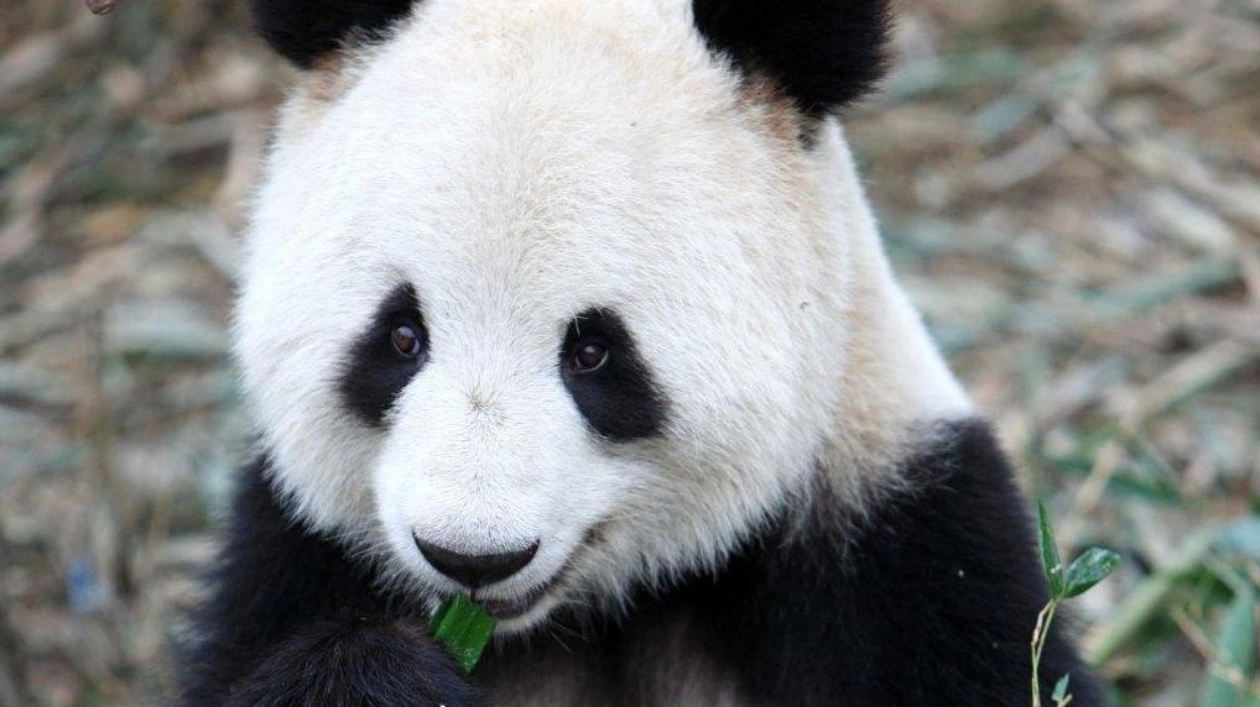With approximately 2,000 giant pandas left in the wild, scientists have dedicated the past few decades to finding innovative ways to prevent these beloved black-and-white bears from becoming extinct. Now, there appears to be more hope than ever before. For the first time, researchers have successfully transformed ordinary skin cells from giant pandas into stem cells, as reported on September 20 in Science Advances. These stem cells, which have the potential to develop into any type of cell in the body, could aid in breeding more giant pandas (Ailuropoda melanoleuca) and in developing treatments for their diseases.
This breakthrough is considered a significant advancement in giant panda conservation, according to Thomas Hildebrandt, a wildlife reproduction specialist at the Free University of Berlin who was not involved in the research. It opens up new possibilities for rescuing this iconic species and may provide strategies for generating stem cells for other endangered species as well.
The process of reprogramming panda fibroblasts into pluripotent stem cells involved introducing specific genes and small RNA molecules known to facilitate the transition to stem cells. The researchers also identified key proteins and growth factors that were essential for converting the panda skin cells into stem cells and maintaining their pluripotent state. This method could potentially allow scientists to create primordial germ cells, which are precursors to sperm and egg cells, a feat already achieved in mice and northern white rhinos.
Generating panda sex cells has been challenging due to strict protections on the existing panda population, which limit typical egg extraction techniques. Additionally, there are too few pandas left to reliably source eggs from recently deceased animals. If scientists can produce sperm and egg cells from pandas noninvasively, such as by transforming skin cells into stem cells and then into germ cells, it could significantly enhance genetic diversity among the remaining pandas. Currently, there are 33 isolated panda populations, 15 of which are on the brink of extinction.
The next step for the research team is to create primordial germ cells from these stem cells. However, the use of pluripotent stem cells extends beyond reproductive assistance; they also have potential applications in disease diagnosis and treatment. Ultimately, the goal is to both increase the giant panda population and improve its overall health.
The findings from this study could also be highly beneficial for other endangered species. As Hildebrandt notes, this research is akin to adding another book to a library, each describing similar processes but from different perspectives. Scientists have already created pluripotent stem cells for various species, including drills, Tasmanian devils, Grevy's zebras, and Sumatran rhinos. With this new addition, the possibilities for applying stem cell technology to other species are endless.






